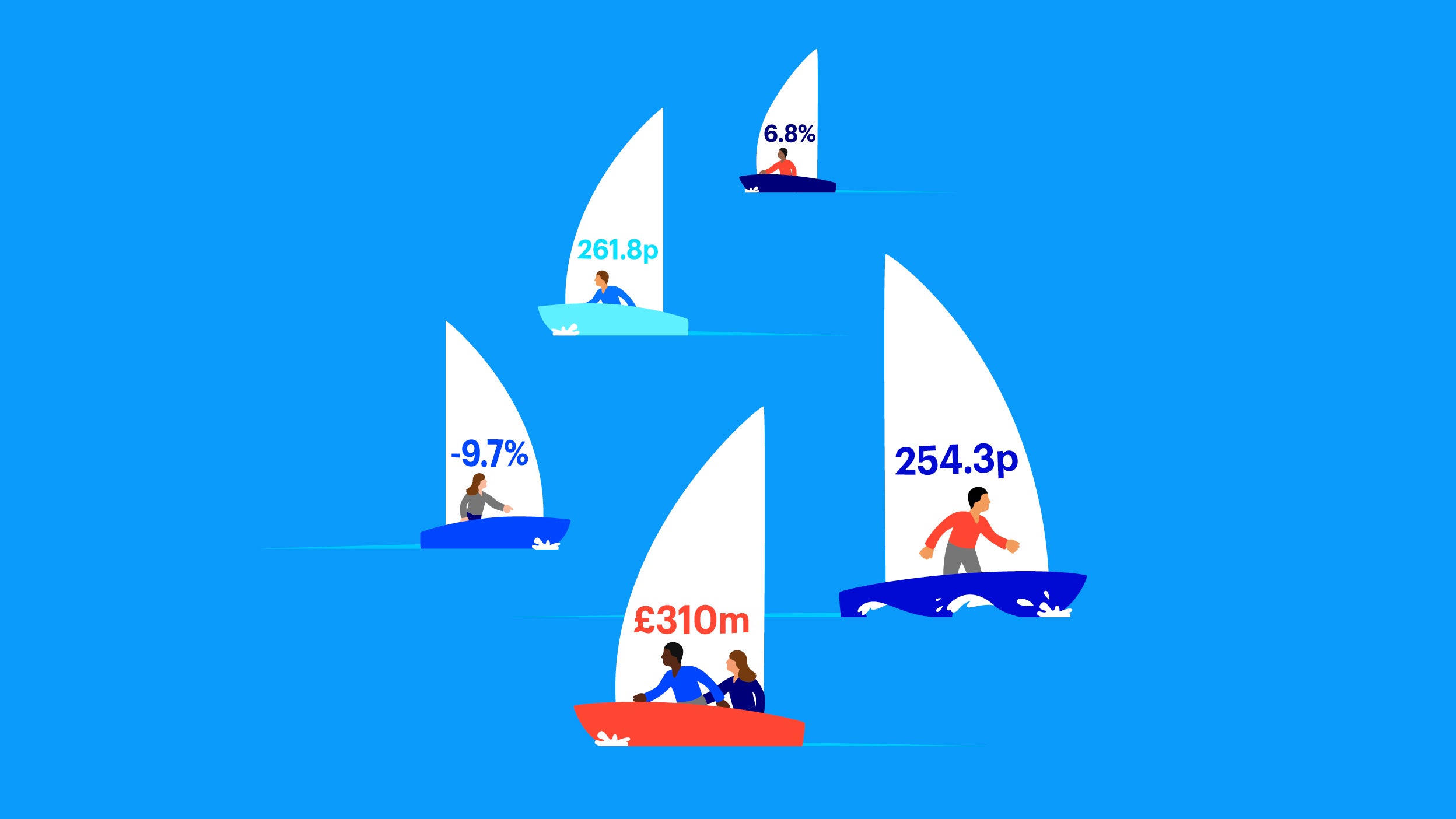- Holding bonds in an investment trust has a unique appeal for investors
- Borrowing can be used to enhance income or returns
- How the managers of BIPS use borrowing and why;
- An investment trust typically offers a bond fund manager added flexibility and control
We believe that holding bonds in an investment trust brings several unique characteristics that should be appealing to investors, particularly for those who are looking for an income from their investments.
One such characteristic is that an investment trust can borrow money to invest, often called “gearing”.
This is a key difference with open-ended funds (e.g. OEICs, ICVCs or unit trusts1) which are not permitted to borrow money. Borrowing can allow a bond fund manager greater flexibility to gain more market exposure or to focus on the investments they like most. This ability, known as ‘gearing’, sets investment trusts apart from open-ended funds.
With Invesco Bond Income Plus Ltd (BIPS), our highly experienced managers use gearing as a tactical tool to increase the portfolio’s exposure to bonds we like, which can increase the level of income that investors receive and, if the bonds selected perform well, enhance total return.
There are limits on the amount of borrowing that the managers are permitted to use. BIPS is allowed to gear up to a level of 30% of the gross assets in the portfolio (approximately 40% of net asset value (NAV)), but in practice, the level of gearing is typically managed between about 10% and 25% of NAV. The level of gearing will depend on several factors, primarily the managers’ view of the opportunity available and the level of risk in the market.
For BIPS, we use ‘repurchase agreements2 to gear. This means:
- we borrow money from banks
- we pay interest on these loans
- we also pledge some bonds from our portfolio as collateral3
- we continue to receive the coupons4 from these collateral bonds over the term of the repurchase agreement
The process of gearing can allow the investment trust manager more flexibility. We use the money we borrow to buy more bonds. The coupons from these bonds add to the income of the portfolio. As with any borrowing, there is a amount of interest that we pay on the loan, but the remainer adds to the income available for the payment of dividends.
Any capital return on the bonds accrues to the portfolio’s NAV. In a rising market, gearing can magnify portfolio gains. If bond prices are unchanged, the portfolio will still gain from the increased income. But in a falling market, because the portfolio holds more bonds than a non-geared portfolio, losses from falls in bond prices are increased and can more than offset the income gain.
Gearing gives us options in how we deliver income for the investment trust. For example, when we identify a potential opportunity we can borrow money to buy additional higher credit quality bonds, with the aim of boosting the income received in the portfolio. At other times, we can hold lower credit quality bonds that may produce a similar level of income, without the need to borrow money. So, for the portfolio, the ability to gear allows us to take a different mix of risks, not necessarily more risk.
Gearing is seen by many as one advantage of the closed-end structure of a trust. It can be a useful lever for managing the risks of the portfolio and boosting income. Using gearing is also a particular skill set of the fund managers of BIPS. It is one of the reasons we think investment trusts are an attractive vehicle for managing high yield bonds and providing consistent levels of high income to investors.





